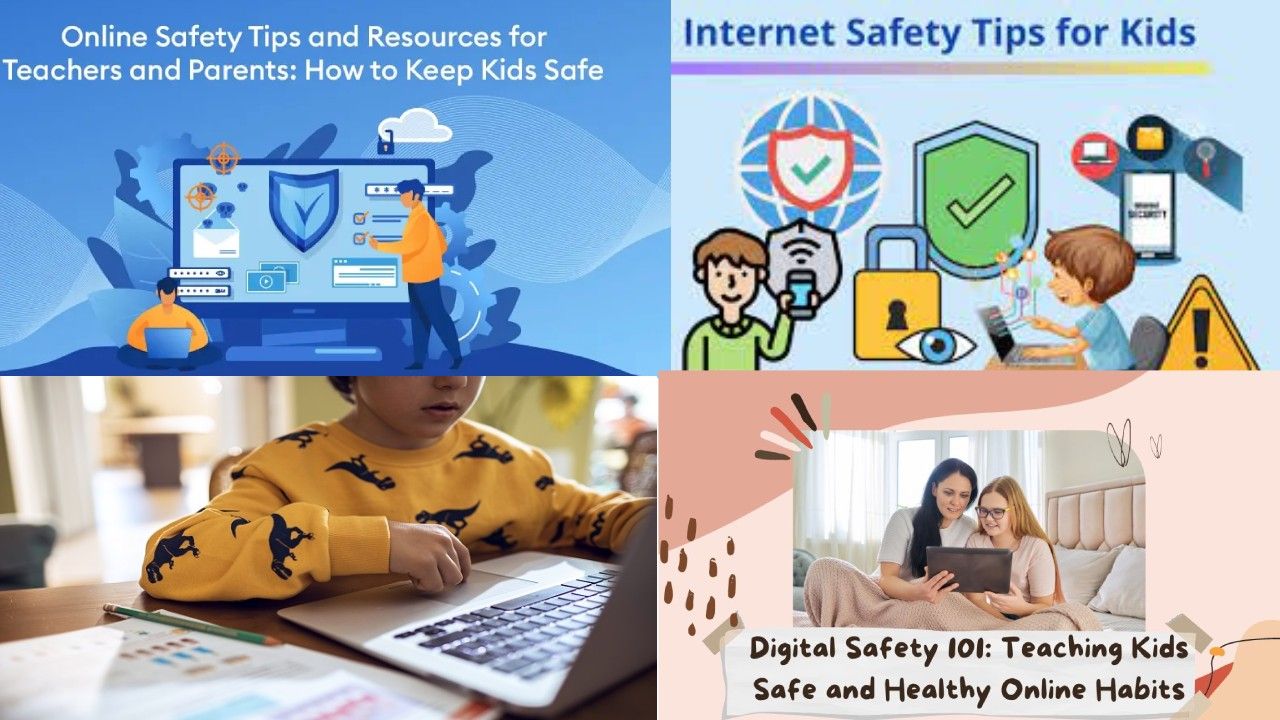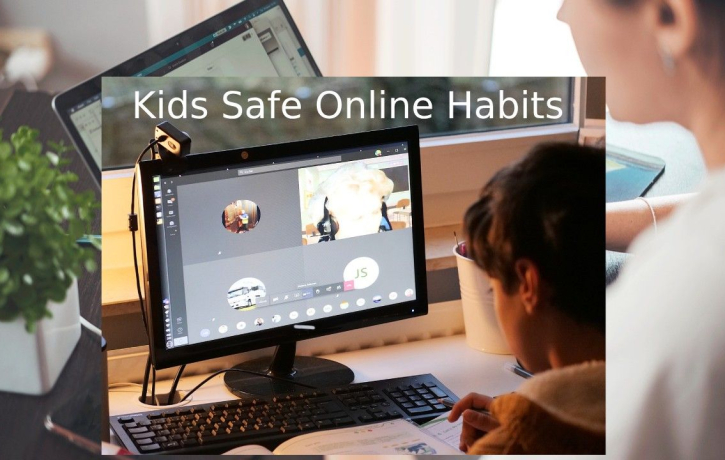
In today’s connected world, children are growing up in an era where the internet is an integral part of their daily lives. From social media to online games, streaming services, and educational resources, the digital landscape offers both opportunities and risks. As digital natives, kids are exposed to the internet at an increasingly younger age, making it crucial to teach them safe online habits. This article discusses the importance of developing digital literacy and cybersecurity awareness in children and provides practical tips for parents and educators to guide kids toward responsible online behavior.
The Rise of Digital Natives
A “digital native” refers to an individual who grew up around technology and the internet. Now, children are exposed to smartphones, tablets, and laptops from an early age, even for purposes of learning, communication, and entertainment. Thus, children become adept at using digital tools and apps before they understand the possible dangers of it.
Even though the internet presents numerous beneficial opportunities in education and social aspects, its usage puts children under several risk categories. A child faces cyberbullying, inappropriate contents, invasion of privacy, or online predators as just some of these dangers. As a result, safe internet practices teaching to kids have become an important duty that equates with street safety lessons or learning not to become sick.
1. Personal Data protection.
The internet is a risk source for exposing personal information. Children may not understand what results from posting one’s name, age, location, or even photos. Kids should be taught the importance of privacy and how to protect that personal data.
Without proper guidance, kids may unknowingly share sensitive information on social media platforms, gaming sites, or other websites, putting them at risk for identity theft, exploitation, or unwanted attention. Educating them on privacy settings, how to recognize phishing attempts, and the dangers of oversharing is important in keeping them safe online.
2. Identifying and Avoiding Cyberbullying
Cyberbullying is one of the serious concerns to affect children and teens all over the world. The anonymity of the internet can embolden bullies to target others. The emotional and psychological harm could result from this kind of attack. It is important that the child learns how to recognize these signs of cyberbullying and how to respond.
Open communication should be encouraged to either prevent or address cyberbullying incidents. Children should feel free to approach parents or trusted adults whenever they encounter bullying online, as either a victim or a witness.
3. Digital Literacy
Digital literacy goes beyond knowing how to use devices and apps. It includes teaching children to critically evaluate what they find online, distinguishing between fact and opinion, and how to spot potential misinformation. Empowering children to navigate the digital world thoughtfully in this age of fake news and digital manipulation is a very important move.
In fact, promoting critical thinking in kids, where parents and educators encourage kids to question information they receive, can make kids develop a healthy skepticism, thus protecting them from the ploys of the web and enhancing their ability to recognize trustworthy sources.
4. Healthy Boundaries in Screen Time
While the internet is indeed an excellent educational tool, excessive time on the screen can be unhealthy for a child’s physical and mental well-being. Excessive time spent on screens has been found to cause problems such as lack of sleep, low physical activity, and social isolation.
Setting clear boundaries for screen time and encouraging a balanced approach to online and offline activities is essential for the overall development of children. Parents should monitor the types of content children consume and ensure that it aligns with their age and maturity level.
Tips for Teaching Kids Safe Online Habits
1. Establish Open Communication
An open line of communication is one aspect upon which safe habits in terms of online activities depend. Therefore, make your kids talk freely with you about what they experienced while online and where they meet certain challenges. This will include both inappropriate websites they came across, strange messages they saw online, and all sorts of uncomfortable interactions that they get through. This keeps you on the know and allows a chance to intervene whenever required.
2. Set Age-Appropriate Rules and Boundaries
For kids, clear, age-appropriate rules for Internet use should be established. For younger children, the limits of screen time as well as parental controls should restrict access to certain websites or content. Older kids will likely require more freedom but can be given guidelines for privacy, responsible communication, and usage.
Use parental control apps or settings on devices to monitor online activities and block inappropriate content. Discuss the importance of keeping their passwords private and the possible consequences of breaking online rules as well.
3. Cybersecurity Basics
Teaching children basic cybersecurity principles is very important to protect their devices and personal information. Start them off with simple lessons on why strong passwords are important, teaching them the difference between secure and insecure websites, and recognizing suspicious links or emails. Show them how to use privacy settings on social media platforms and stress that they should never share personal information without your permission.
4. Use Educational Tools and Resources
Many apps and websites can engage children in fun ways of teaching them about digital safety. Interactive lessons and games are included by these tools to help the child understand online dangers and avoid such dangers. Other educational programs help teach children responsible digital citizenship, including being respectful and kind in their online engagements.
5. Model Safe Online Behavior
Children often learn by example, so it’s essential for parents and caregivers to model safe and responsible online behavior. Practice good digital habits by maintaining your own privacy settings, engaging respectfully with others online, and using technology in a balanced way. By demonstrating how to navigate the digital world responsibly, you set a positive example for your children to follow.
6. Encourage Offline Activities and Socialization
Online activities may be entertaining and informative, but there is a need to coax a balanced life of digital and offline activities. Encourage hobbies, outdoor activities, and other face-to-face interactions in order to allow children to develop social skills and maintain a healthy lifestyle. A balanced life will help prevent over-reliance on screens, and interpersonal relationships are also preserved.
The Role of Parents, Educators and Technology Companies
Educators, governments, and the very same technology companies also share responsibilities towards teaching children safe habits to get online. Schools can now incorporate their curricula with a digital literacy and online safety curriculum, whereas tech companies have the possibility of embedding even stiffer privacy measures and greater controls for parents. It would be together that this body of different groups helps usher an online, safer space, and supporting environment for our children.
As children grow up as digital natives, it is of utmost importance to equip them with the skills and knowledge needed to navigate the online world in a safe manner. Teaching children safe online habits is not merely about protecting them from immediate risks but about empowering them to make responsible decisions in the long term. This will help kids become responsible digital citizens who understand the importance of privacy, respect, and security in the digital age. By fostering open communication, setting clear boundaries, and modeling safe online behavior, parents and educators can ensure that the next generation of digital natives uses the internet as a powerful tool for learning, creativity, and positive connection.








